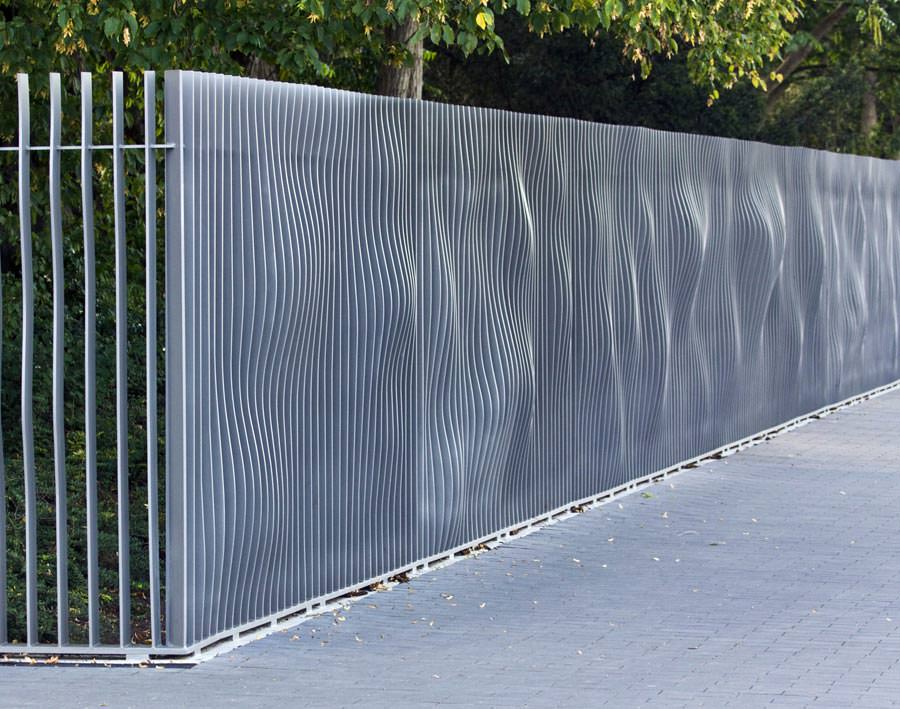Din En Iso 1461
The present simpleWhy do we use it?We use the present simple to describe actions that happen regularly:She meets Geoff every morning for breakfast.or things that are always true:We live in London. It’s more “scientific” or “analytical.” We’re observing the world and reporting it.There are three main tenses for the present — the present simple, the present continuous and the present perfect (and its best friend, the present perfect continuous).Let’s look at these one by one. 12 verb tenses chart pdf. We’d been playing football in the rain. The present tenses in EnglishWhat’s going on here?As I mentioned before, we use the present tenses to describe things around us. No story!).We can connect these two tenses directly with a connecting word or phrase like “when,” “because” or “earlier that day”:I trusted him because he’d given me awesome advice before.Perhaps we use it to show the relationship between two actions with a relative clause:I knew that he’d been working on the project all week.Or perhaps we don’t need to connect it in the sentence because both the person speaking and the person listening already know the connection:MAXINE: You were so filthy that day!LIN: Yeah.

Din En Iso 1461 Feuerverzinken
To the CE Marking of Structural Steelwork, 1st Edition, ECCS Technical Report 128,2012’. Requirement EN 1090-2 Reference Comments/References To be completed by Steelwork Contractor Audit Results To be completed by Notified Body Specification, Documentation and Training 1. Relevant standards – EN ISO 1461 / EN ISO 14713-2 are available? DIN EN ISO 1461 Hot dip galvanized coatings on fabricated iron and steel articles - Specifications and test methods (ISO 1461:2009). ISO 1461 was prepared by Technical Committee ISO/TC 107, Metallic and other inorganic coatings, Subcommittee SC 4, Hot dip coatings (galvanized, etc.). This third edition cancels and replaces the second edition (ISO 1461:1999), which has been technically.